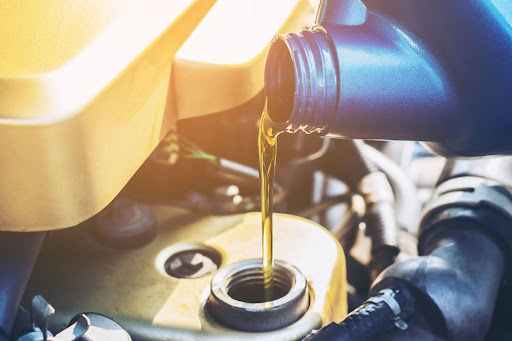


If you’re running gearboxes in cement plants, mining crushers, or marine deck machinery, you already know the cost of downtime. Every hour of failure is not just a maintenance task. It’s lakhs of rupees lost, targets missed, and reputations dented. Now, while most people focus on the base oil or viscosity, let’s talk about what actually keeps the metal from dying under pressure: the additives.
In this deep dive, we’re focusing on the real workhorses: anti-wear (AW) and extreme pressure (EP) additives. Whether you’re formulating a custom blend or just trying to choose the right drum of gear oil, this guide will arm you with everything you need to know. And if you’re still just trusting generic oils without knowing what’s inside, this read might just save your gearbox.
Let’s simplify the scenario. You have steel-on-steel contact. High load. High heat. Constant movement. What’s going to happen? Friction. Wear. And eventually, metal degradation.
Now imagine that without the right additive chemistry. You’ll get:
Additives are the only chemical solution standing between smooth function and total failure.
EP additives are the real brutes of the lubricant world. They are built to react under high temperature and pressure conditions. But don’t confuse that with just being “strong.” These are reactive compounds that create a protective layer when your gears start screaming under pressure.
EP additives are absolutely essential in high-load conditions where metal-to-metal contact is unavoidable.
Anti-wear additives work differently. Think of them as the silent guardians of your hydraulic systems, light gearboxes, and precision machinery. They don’t need a high-pressure event to jump into action. They’re always at work.
AW additives are more about longevity and precision protection, while EP is about taking the hit when conditions turn nasty.
| Feature | Anti-Wear Additive | Extreme Pressure Additive |
| Load Range | Moderate loads | High and shock loads |
| Activation | Always active | Reacts under high heat/load |
| Protection Type | Micro-wear and fatigue | Welding, scoring, surface fusion |
| Surface Reaction | Thin film | Reactive compound layer |
| Compatibility | Safe with yellow metals | Can be corrosive unless buffered |
| Application | Hydraulics, light gearboxes | Hypoid gears, industrial drives |
In practice, most industrial gear oils combine both EP and AW technologies to get balanced protection. Especially in blended oils for mining, marine, and power applications.
Here’s how to match additives to real-world gear scenarios.
All of Finozol’s additive packages are designed and validated using these global standards.
Here’s what most plant engineers ask us, and how the answer links directly to additive chemistry:
| Question | What You Should Look For |
| Best EP additive for worm gear? | Buffered sulfur-phosphorus chemistry. High load capacity and yellow metal safety. |
| AW additives for hydraulic oil? | ZDDP or ashless phosphorus AW systems. Clean, filterable, and oxidation stable. |
| Safe EP gear oil for bronze parts? | Buffered EP additives only. Unbuffered ones will corrode brass and bronze. |
| Features in gear oil additives? | High-load protection, oxidation stability, thermal resistance, compatibility with synthetics, and global compliance. |
Finozol isn’t just another additive supplier. We’re formulation partners. Here’s how we work with industrial clients:
If your gearbox is failing, or your oil isn’t lasting, don’t just switch brands. Look inside the oil. Look at what’s protecting your gears at a chemical level.
Anti-wear and extreme pressure gear oil additives are not marketing terms. They are engineering tools.
And if you want to build better lubrication systems, improve uptime, reduce cost per hour, and meet global quality standards, start with the additive package.
Need a custom AW/EP additive for PAO, PAG, ester, or mineral base oils? Contact us now
Finozol offers: